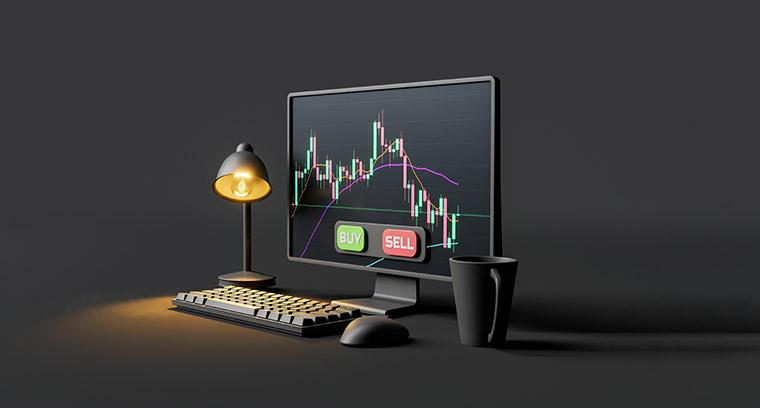Scalping
Scalping is a short-term trading strategy in which a trader executes a large volume of trades within a short period of time. The trades can last from a few seconds to several minutes.

3 minutes for reading
What is Scalping?
Scalping is a trading style aimed at profiting from small price fluctuations during the day. The strategy involves quickly and repeatedly opening and closing positions to capture even small price movements within a short period of time. The minimal profit from each trade can add up to a significant overall result. Traders who use this strategy are called scalpers.
How to use Scalping
- Market analysis. Traders use various analysis tools and methods to study the market and identify potential opportunities for scalping.
- Asset selection. Traders can select stocks, indices, or other financial instruments for scalping.
- Entry into position. Traders enter their positions as quickly as possible once an opportunity for scalping is identified. Price movements are small, so quick action is needed.
- Position management. Scalpers actively manage their positions and quickly react to market movements. For example, they can move Stop Loss to minimise losses or Take Profit for potential profit growth.
- Position closing. Once the target profit is reached or signs of a price movement reversal appear, scalpers close their positions quickly.
- Repetition of all stages. Traders repeat this work cycle many times during the trading day to get maximum profit from the market.
Popular scalping trading tools
- Moving Average. Tests and rebounds from the Moving Average are used as signals for opening positions. The intersection of two Moving Averages with different parameters on the minute timeframes generates a lot of signals for entry into the market.
- Stochastic Oscillator. The intersection of the indicator lines near the critical levels of 80 and 20 allows for multiple signals throughout the day. The Stochastic Oscillator changes quickly following the price chart.
- Parabolic SAR. An indicator in the form of dots is plotted above or below the price chart: changing the position of the dots allows the scalper to catch market reversals. The Parabolic SAR reacts quickly to price movements on one-minute charts.
- Relative Strength Index. This indicator can find overbought and oversold areas near the critical levels of 70 and 30.
- Price patterns. Scalpers can adapt classic graphic patterns to work on one-minute charts.
Scalping advantages
- Fast results
- Short-term trades
- Minimal Stop Loss
- Work schedule flexibility for the trader
Scalping disadvantages
- Transaction costs. A scalper makes several trades and pays a commission for each of them, which affects the result and effectiveness of the strategy.
- Elevated levels of emotional stress. The more trades, the higher the stress level for the trader.
- Risks of incurring losses in case of high volatility. The amount of potential losses incurred per trading day due to a high level of volatility can exceed the amount of potential profit by several times.
- Tough trader requirements. A scalper must understand the market, be able to withstand emotional pressure, and quickly analyse the situation to make a decision.